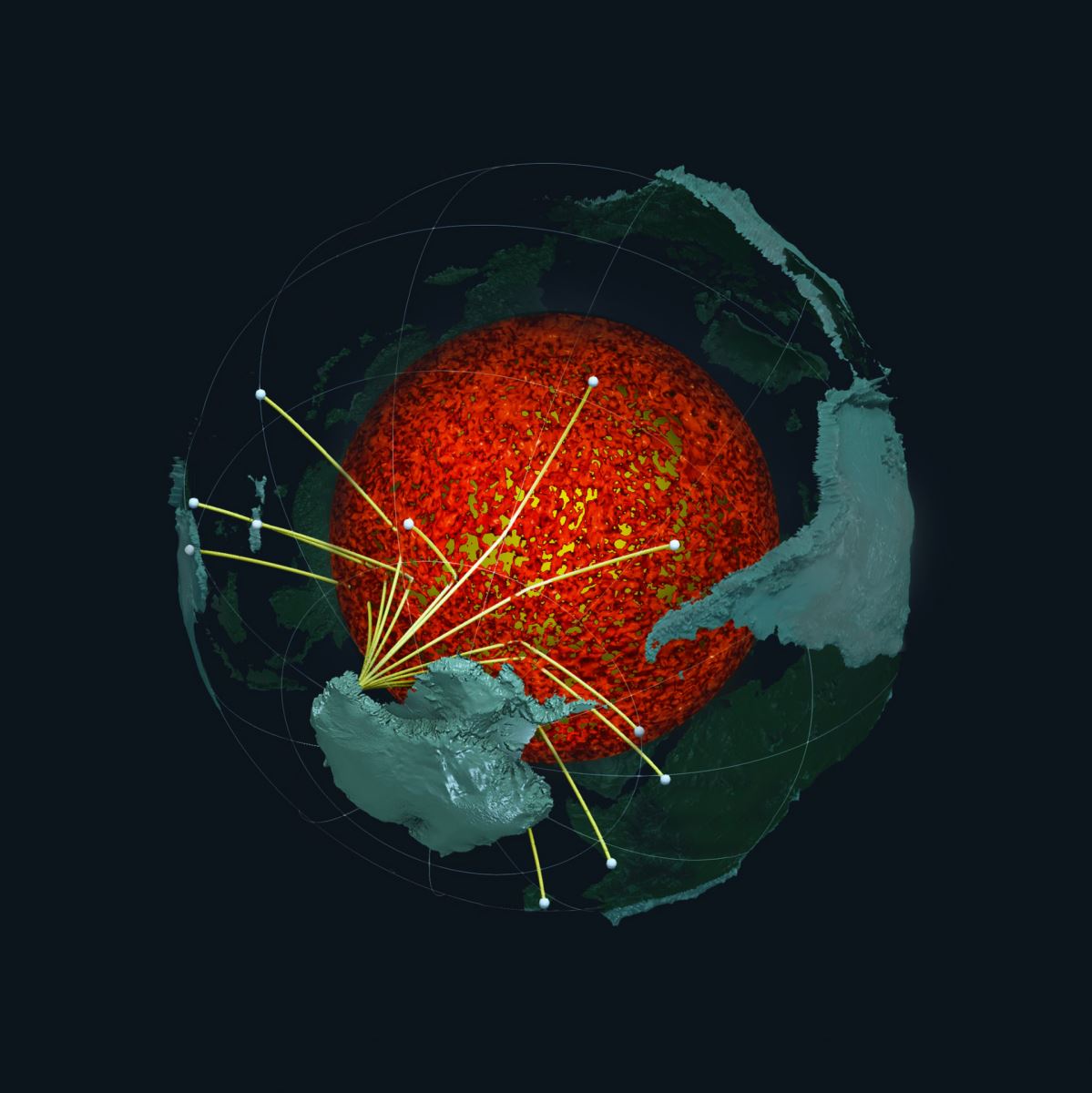 |
Lying between the Earth's mantle and its pit deep underground is a mysterious " world " of mountains five times higher than Mount Everest.
Using large-scale seismic imaging, scientists have found a complex geological layer formed from an ancient oceanic plate, most likely subducted from the surface into the interior by the Earth's core.
Reigning at a depth of about 3,200km, this ancient ocean floor "world" has high points from 5km to more than 40km, 5 times higher than the world's "roof" Everest, forming majestic mountains.
New research published in the journal Science Advances suggests that this “world” could be an extremely low velocity zone (ULVZ) – known as an ancient ocean floor formed after long-ago subduction.
The reason it's called an ultra-low velocity zone is because the speed of seismic waves slows down as they pass through structures that are denser than the normal hot rock of the mantle. vBasically, the ocean floor is pushed into the planet's core, where two tectonic plates meet, and one plate sinks beneath the other.
Although ULVZs are not a new concept to science, until now they have only been detected in isolated patches.
For the first time, a team of scientists led by the University of Alabama (USA) has surveyed an important area in the Southern Hemisphere using a technique to record sound waves echoing from the core barrier - the Earth's mantle.
Over four field trips to Antarctica, lead author Professor Samantha Hansen, along with students and other colleagues, deployed a high-resolution deep seismic network that collected data over three years.
The 15 stations in their seismic network use seismic waves from earthquakes around the world to create images of the geological landscape beneath the Earth, much like a CT scan of the human body in a medical facility.
As a result, the international team discovered an unexpected source of energy in the seismic data. "Analyzing 1,000 seismic records from Antarctica, we found regions of anomalous thinness. The thickness of this material varied from a few kilometers to 10 kilometers. It revealed mountains at the core, some of which are five times higher than Mount Everest," said co-author Dr. Edward Garnero.
Most likely, these submarine mountains play an important role in releasing heat from the planet's magnetic core.
According to Hoang Trang/Tin Tuc Newspaper
Source





































































































Comment (0)